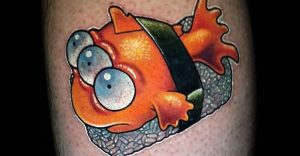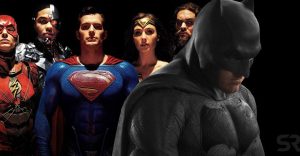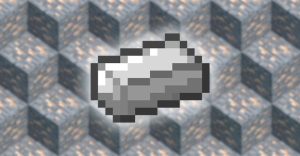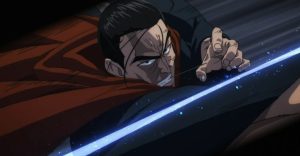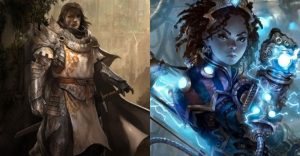Lightyear: Every Star Wars Easter Egg Hidden In Toy Story’s Prequel

Pixar’s Lightyear movie is absolutely packed with Star Wars Easter eggs and referenes. Buzz Lightyear is one of the most beloved characters in the Toy Story franchise, and Pixar has been working on a Lightyear movie since 2016. The studio finally went public with the project in December 2020 as part of Disney’s Investor Day, dropping a trailer in October 2021 that focused on the man who apparently inspired Andy’s favorite starman.
Pixar has earned a reputation for dropping as many Easter eggs into their films as possible; frankly, whatever movie they make tends to feel almost like a love-letter to the genres that have influenced it. Lightyear is no different, and it’s clearly going to be packed with Easter eggs and references to some of the greatest science-fiction and fantasy franchises. The first Lightyear trailer was particularly notable for numerous Star Wars Easter eggs, as well as even a joke on the MCU’s Captain Marvel, with what appears to be an alien cat. No doubt Pixar is helped by the fact they are owned by Disney, meaning they can do references to the MCU and Star Wars without any fear of going too far and getting into trouble.
As always with Pixar, Lightyear‘s Easter eggs feel like a loving and respective nod to other great franchises. In this case, though, they go deeper than anyone would expect, and they’ve prompted some fans to jokingly ask whether Lightyear could even be set in the Star Wars galaxy. Here are all the Star Wars Easter eggs in Lightyear.
Lightyear’s Space Base Is Reminiscent Of Geonosis

Lightyear‘s space station is immediately reminiscent of Geonosis, a planet introduced in Star Wars: Episode II – Attack of the Clones. This was the first capital of the Separatist movement, and the First Battle of Geonosis marked the beginning of the Clone Wars in the prequel era. Geonosis was noted for its harsh arid environment and red sands, and many structures on the world were circular while others looked rather like rocket launchpads just as in Lightyear.
Buzz Lightyear’s Spaceship Is Powered By Coaxium

The Lightyear trailer opens showing Buzz’s spaceship being prepared for launch, and it seems it runs on crystals placed within some sort of fuel cell. Most viewers will assume this is some sort of reference to Star Trek‘s dilithium, but in reality the crystal is another Star Wars Easter egg. It’s a perfect visual match for coaxium, the precious but rare hyperfuel that appeared in Solo: A Star Wars Story. When used as a fuel, just a small amount of coaxium is powerful enough to propel an entire fleet through hyperspace, and it tends to form in places with strong interstellar energy such as on the planet Kessel, near a complex spatial phenomenon.
Lightyear Features Possible Hyperspace Rings

Buzz Lightyear flies through a number of rings in orbit around Earth. While these seem to be simply part of a piloting exercise to test his skill, visually they’re very similar to the Jedi hyperspace rings in the prequel trilogy. Few smaller ships possessed on-board hyperdrives in the prequels, and even Jedi starfighters needed to dock with hyperspace transport rings that they left in space to pick up later. Recent Star Wars tie-ins have revealed the Jedi acquired this hyperspace technology from a group of space pirates known as the Nihil.
Hiding With A Droid
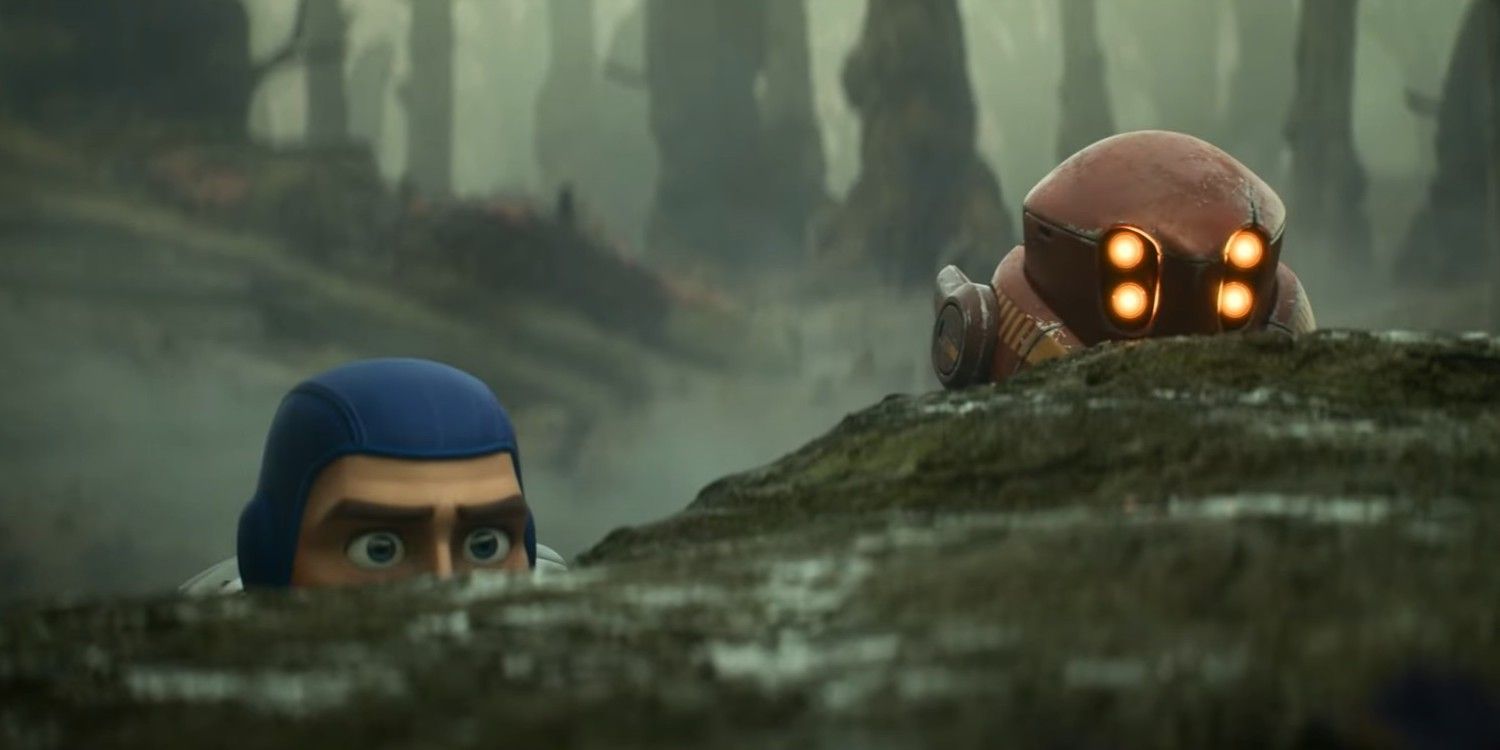
Buzz Lightyear seems to be an explorer, and – in an amusing Lightyear Easter egg – it seems he’s accompanied by a droid. In Star Wars, many starships – most notably X-wings – require astonavigation droids to calculate safe hyperspace routes, and it’s possible Buzz needs his droid for the same purpose. Droids also tend to become firm friends with their owners, and Luke Skywalker became especially fond of his faithful Artoo-Detoo. Lightyear – another character with an appropriate surname – will presumably develop a similar dynamic with his own droid.
Has Buzz Lightyear Found Dagobah?

Amusingly, Buzz Lightyear has found his way to Dagobah – or, at least, to a planet so similar to it a viewer could be forgiven for expecting to see Master Yoda strolling out of the mists. The shot is an almost-perfect reproduction of The Empire Strikes Back, when Luke Skywalker landed on Dagobah in search of a Jedi Master to train him in the ways of the Force. Hopefully Buzz’s ship fares better than Luke’s, because in The Empire Strikes Back it was swallowed up by the mud and needed the Force to get it out again.
Lightyear is not the first Disney franchise to put in visual references to a Star Wars planet. Marvel’s What If…? appeared to suggest Star Wars is part of the MCU multiverse, with a blink-and-you’ll-miss-it glimpse of the planet Mustafar during a multiversal duel. Perhaps, then, there’s a case for arguing Lightyear is part of the same multiverse as both Marvel and Star Wars – with the various Disney properties proving far more interconnected than anyone would have expected.
Lightyear May Well Use Hyperspace
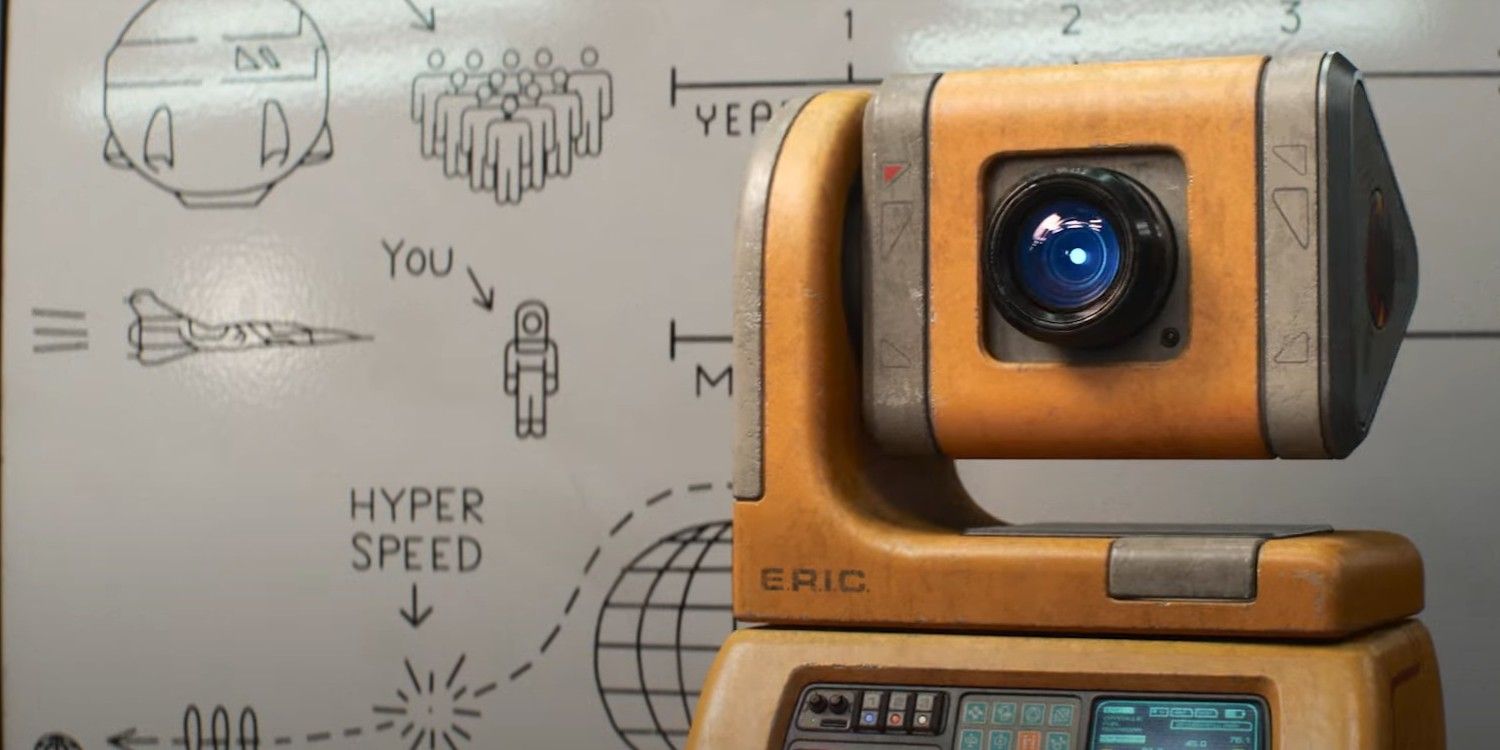
Alert viewers will notice some interesting terms on the white-board as ERIC briefs Buzz Lightyear on his forthcoming adventures. As Douglas Adams famously observed, “Space is big. You just won’t believe how vastly, hugely, mind-bogglingly big it is. I mean, you may think it’s a long way down the road to the chemists, but that’s just peanuts to space.” That means any sci-fi film really has to put some thought into how a character will travel the galaxy, and hyperspace is a common trope. The idea was created by Isaac Asimov when he wrote his Foundation books and short stories; “Through hyper-space, that unimaginable region that was neither space nor time, matter nor energy, something nor nothing, one could traverse the length of the Galaxy in the intervals between two neighboring instants of time,” he wrote. Versions of hyper-speed have been used by Star Wars and Star Trek, and it will be entertaining to see how well Lightyear‘s corresponds with these.
- Lightyear (2022)Release date: Jun 17, 2022
About The Author












